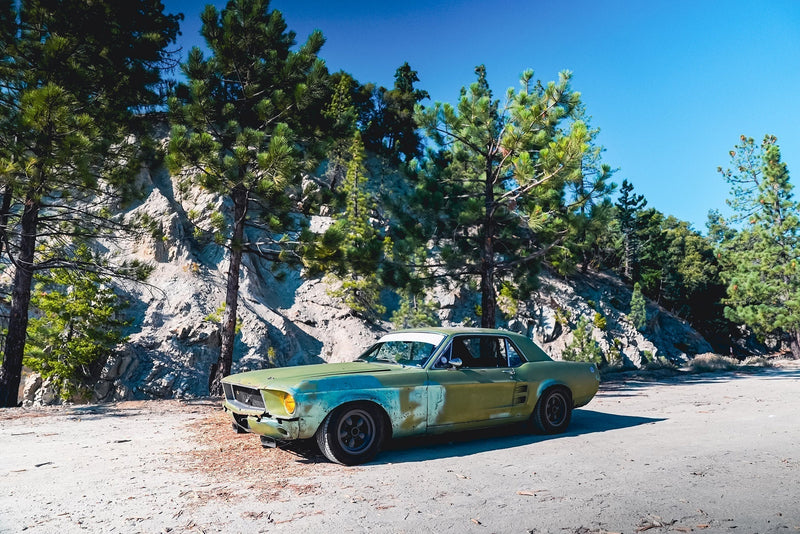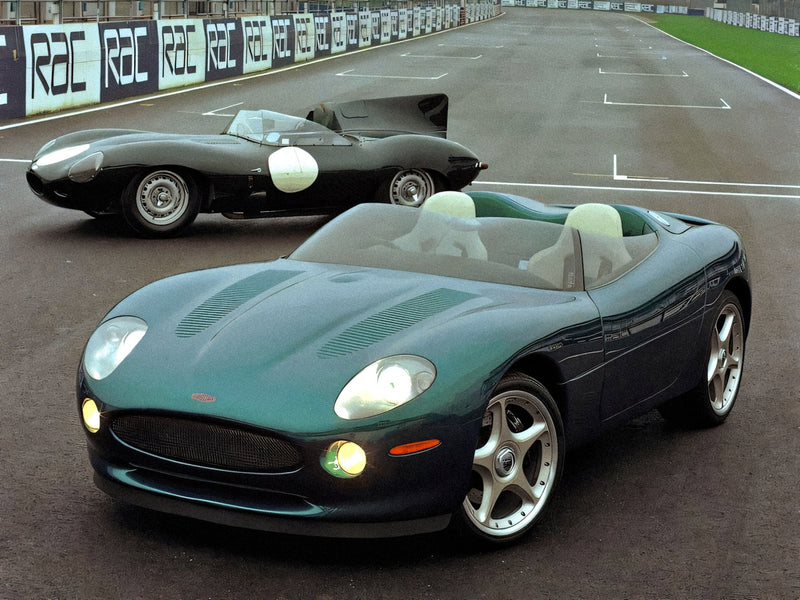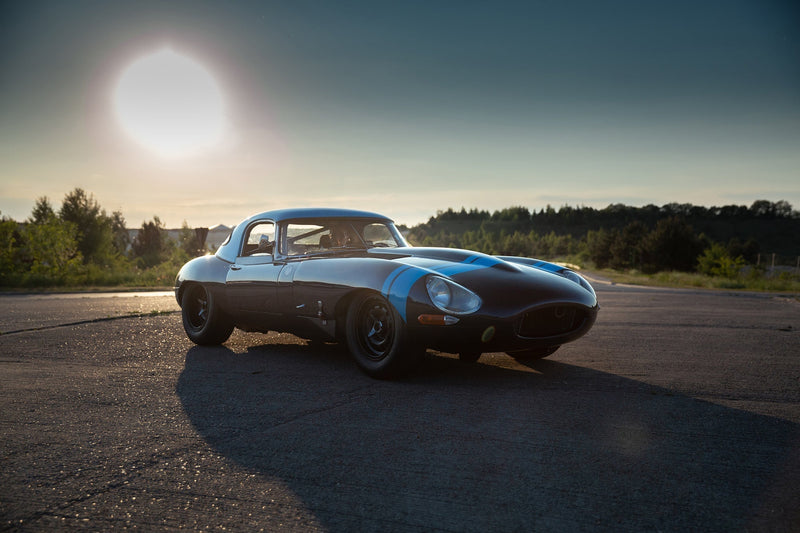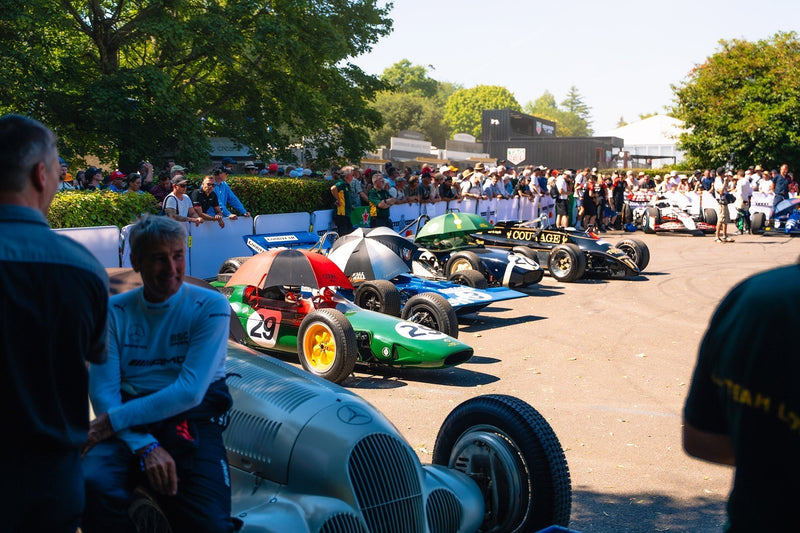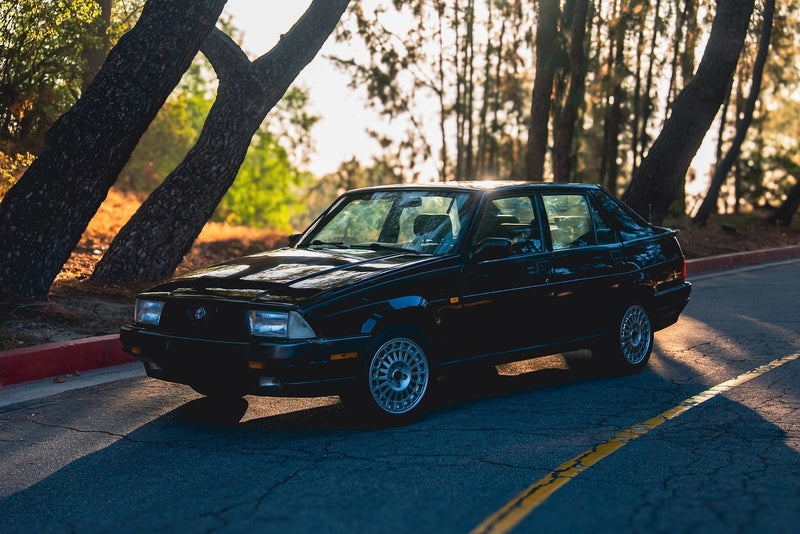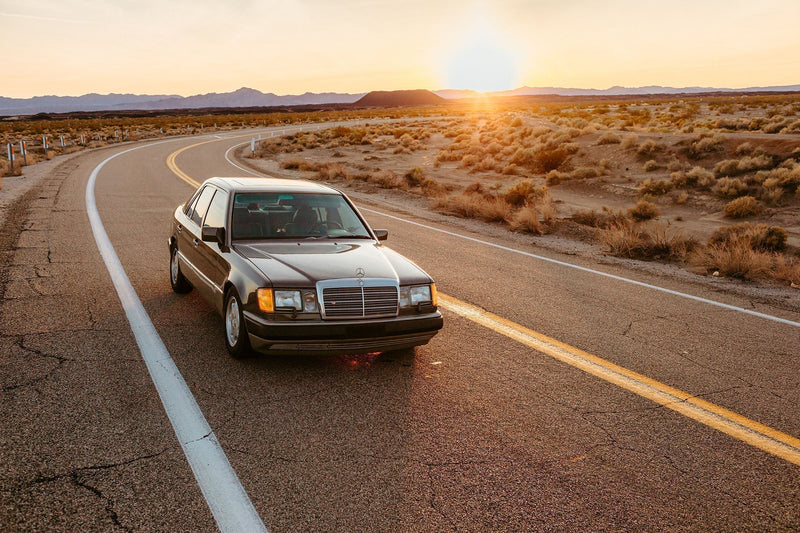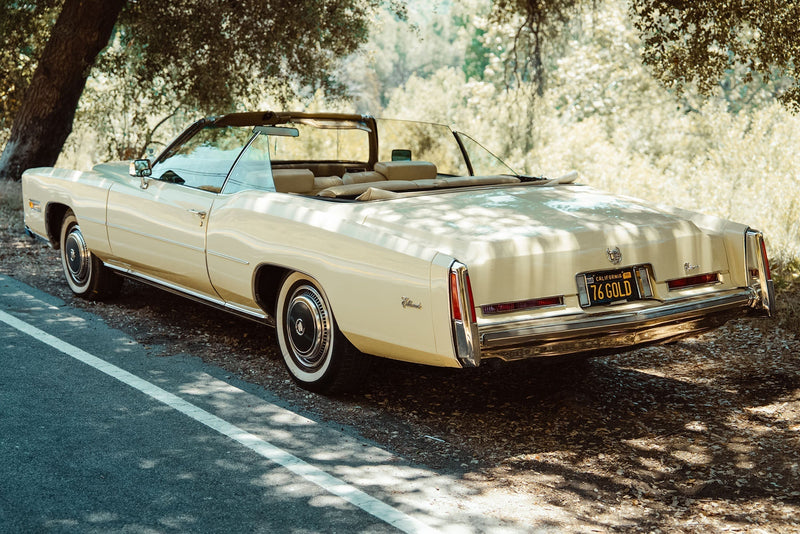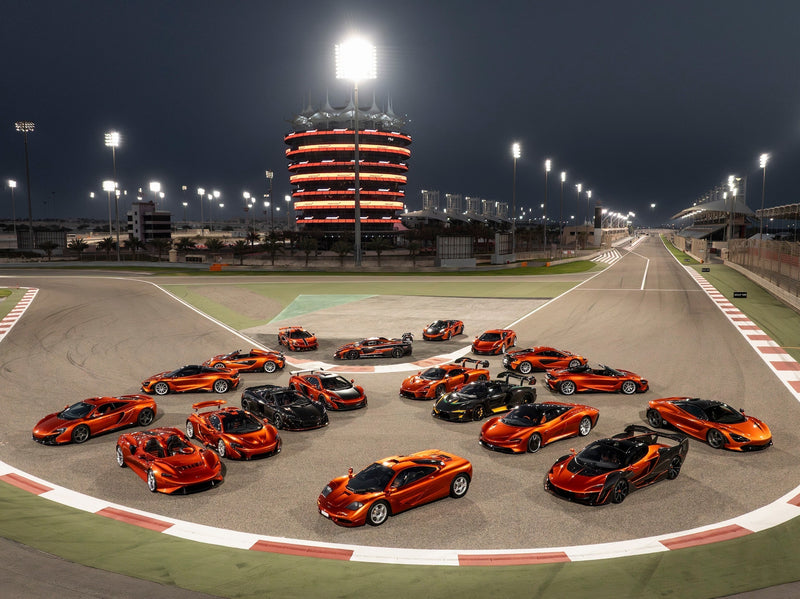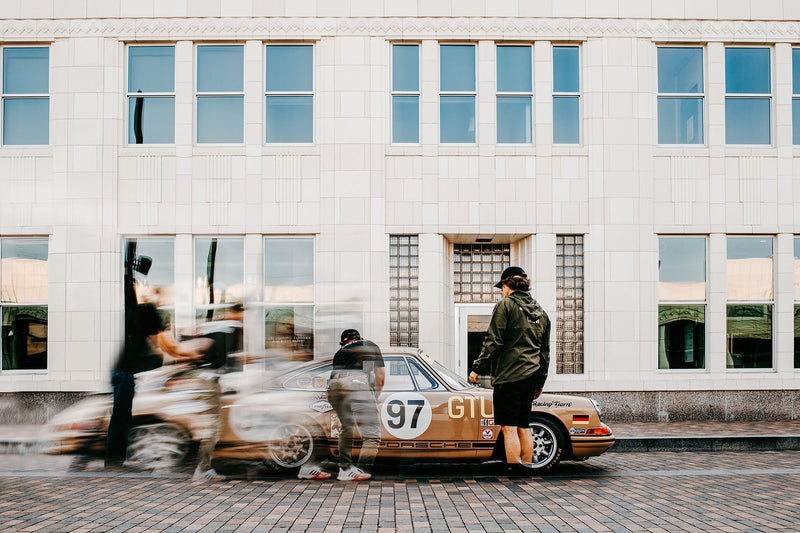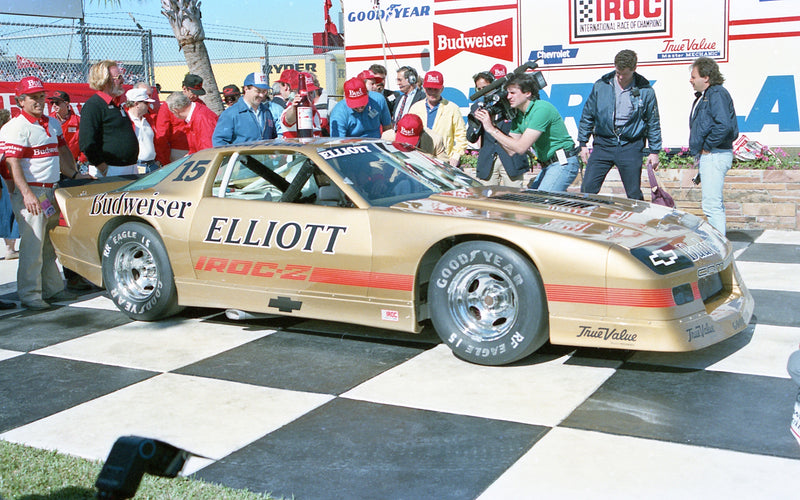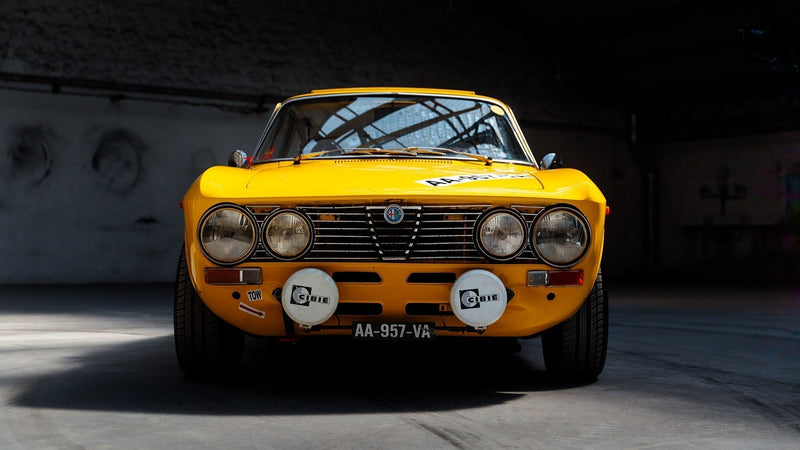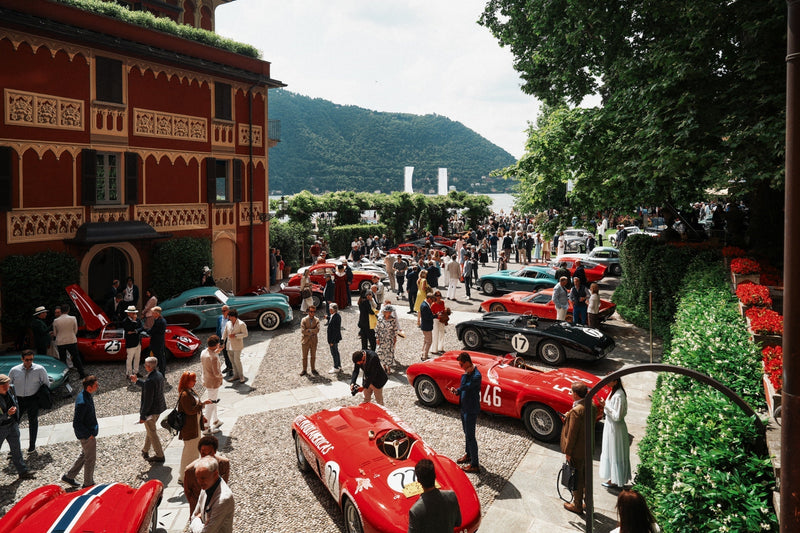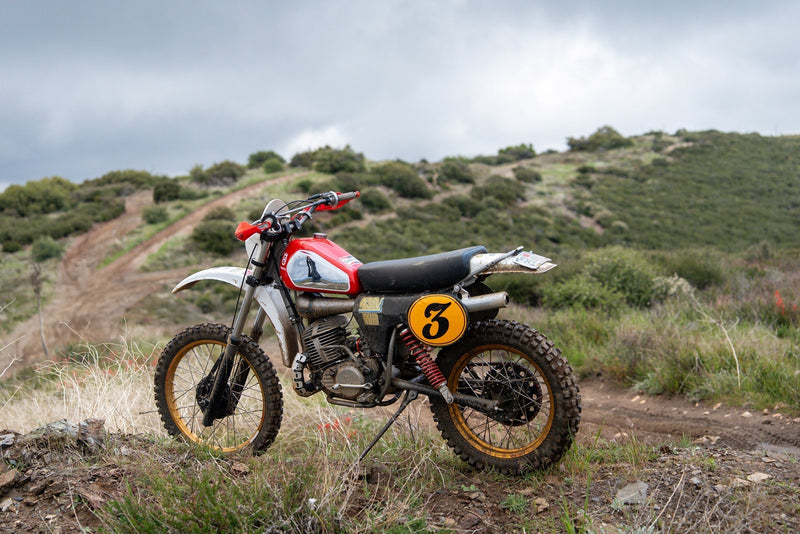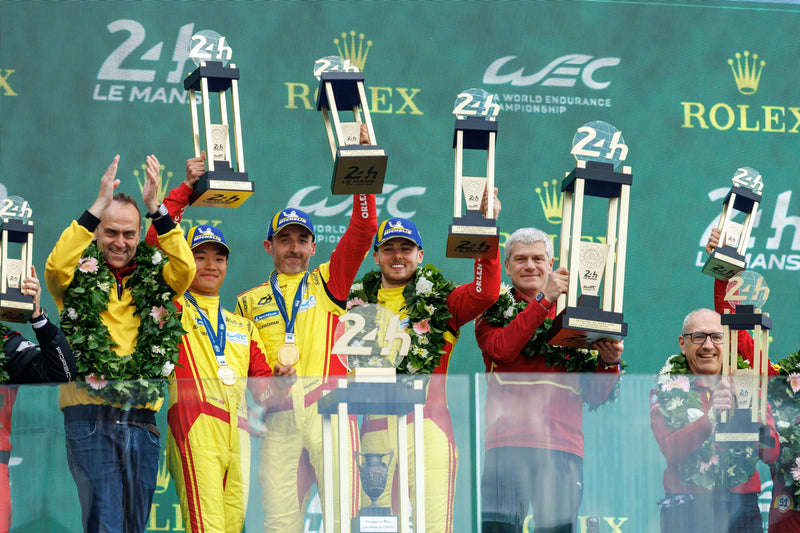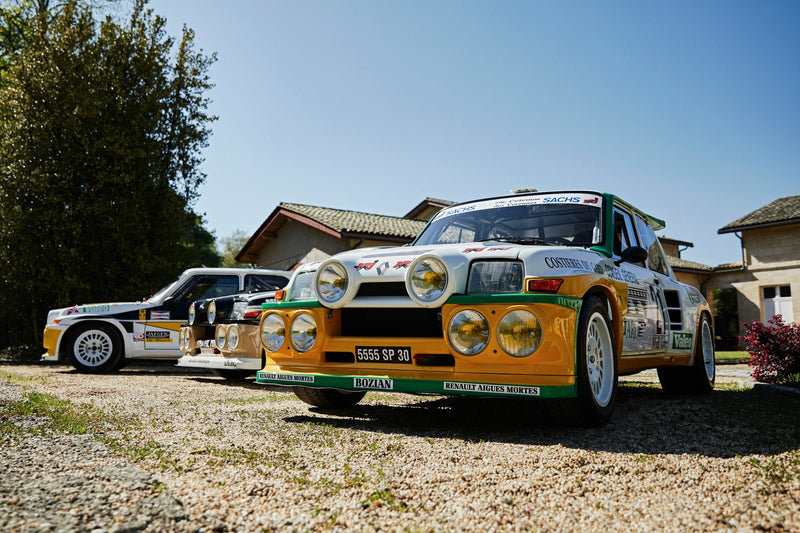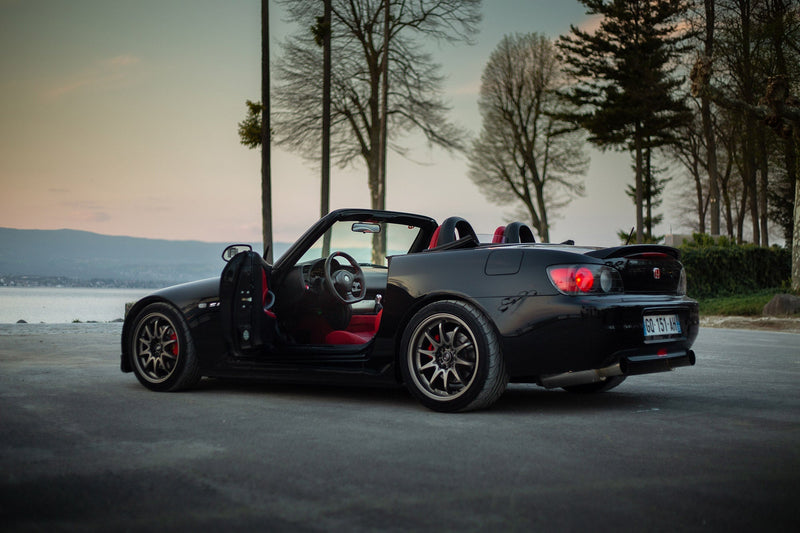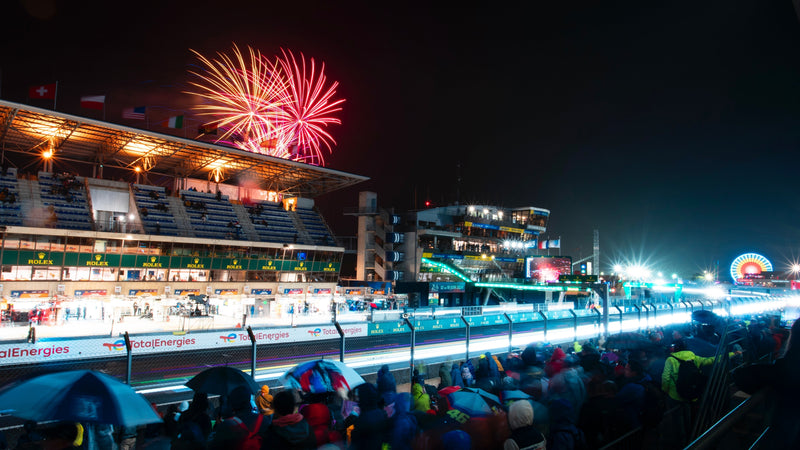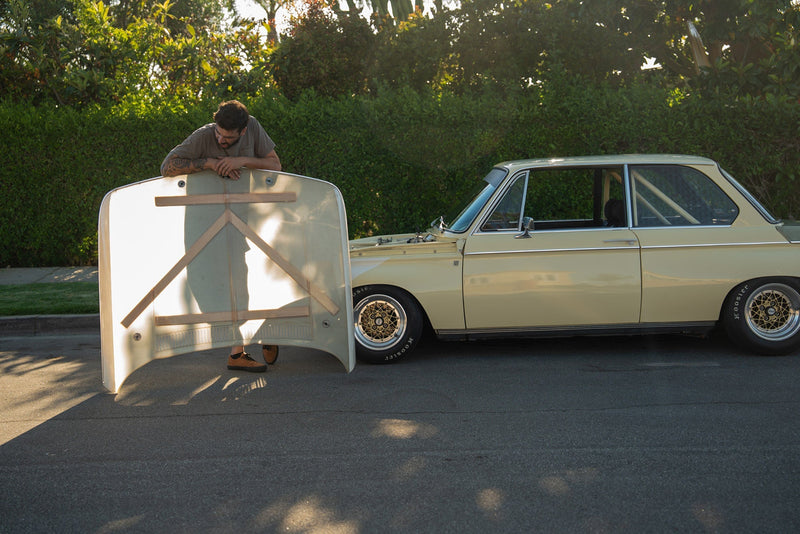Racing is important to a lot of people, but we Italians seem to give extra reverence. Whether it manifests as two kids hurtling down a dusty country lane on bicycles or the peak of Formula One, Italy is a land full of people that love competition, that love motorsport. Most of us watch as fans, a few of the more talented among us contribute to it as drivers and engineers, and we all like to channel what we can from motorsport into our day to day lives—ideally in the form of a car that makes the drive to the corner store feel like a section of the Targa Florio. Driving cars derived from the race track on the road is a kind of fun that goes without saying, but sometimes all it takes is a little extra sound from the exhaust.





Carlo Abarth understood this and a lot more about how to turn otherwise humble automobiles into efficient, lively little missiles on the road and the track. Famous for turning the supercompact Fiat 500s and 600s into Goliath-slaying hand grenades called the 595 and 1000 TC/TCR, the naturalized Italian engineer and businessman created a company that also extended its expertise to the development of single-seater open-cockpit prototypes in addition to the modified production cars, all while running a successful consumer performance parts business that saw the scorpion logo grace many an aftermarket exhaust or intake setup.






As so many of the great stories from Italian motorsport history go, Abarth’s also fell under the vast umbrella of Fiat. After carrying over his Cisitalia designs and many of that company’s spare cars and parts when he founded Abarth & C. in 1949, Carlo Abarth’s quickly growing company grew closer to Fiat as the 1950s turned into the ‘60s (Fiat would buy Abarth in 1971 and turn the company into the motorsport arm of Fiat). While Abarth & C. sold parts to soup-up road-going Fiats and Lancias and the like, the racing endeavors were also proving fortuitous.





The factory team was littered with talented drivers over the years that Abarth ran its Reparto Corse program, including Tazio Nuvolari, Arturo Merzario, and Hans Herrmann. The company trophy collection was often being reshuffled to include ever more silverware earned in small-capacity (typically 2000cc and under) sports car racing. Abarth competition cars typically used proven Fiat power trains that were thoroughly worked over and installed back into muscled-up street cars converted to racing specification or plopped into made-in-house lightweight prototypes.
The Abarth scorpion can still be found 70 years later, and at the recent Vernasca Silver Flag hill climb (which I profiled last week) Abarth’s 70th birthday was celebrated alongside Zagato’s 100th and Fiat’s 120th, providing attendees like me a weekend fully-stocked with important Italian motoring history.




From steroidal 595s and 1000s, to the 1000 Cuneo and the 2000 Sport (in a very rare blue paint job no less), to a handful of Abarth-ized Fiat 131s and 124s, the Abarth timeline was well represented, and as much joy as I got from examining these cars up close at rest, seeing them getting some proper exercise on the hill climb was even better. I was stung by these scorpions long ago, but I’ll take every opportunity I can to see them in person to remind myself how it felt the first time.









































